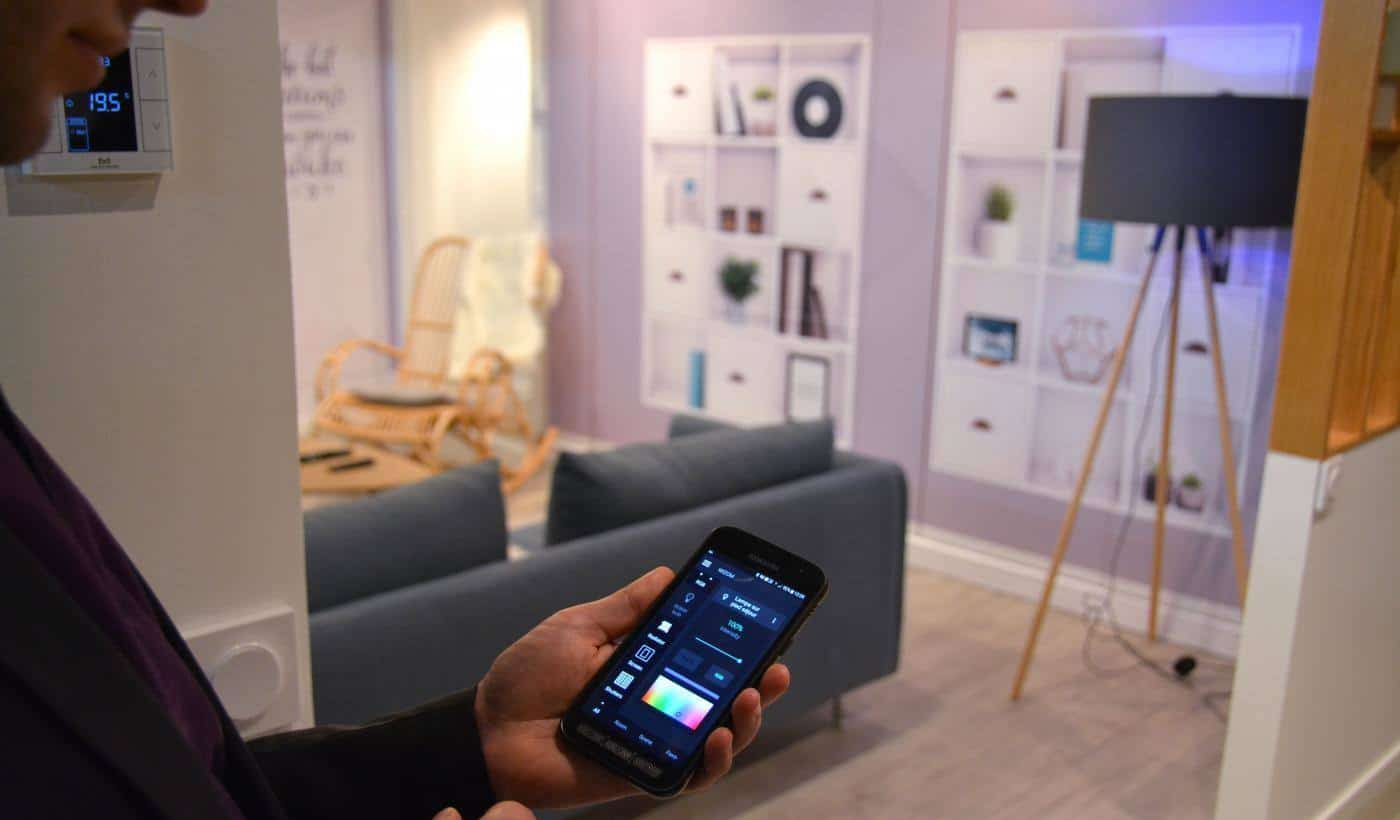
Smart homes: the latest on “intelligent” housing
4 minutes of reading
Whether in the interests of comfortable living or to reduce energy consumption in homes, connectivity is increasingly present both in individual housing and multi-unit buildings. An advantageous transformation that might well lead to the embedding of certain technologies in all new housing.

So what’s the state of play? Five terms have echoed loudly in housing-related dialogue throughout 2020: predictive maintenance, centralised consumption, open-source, interoperable equipment, smart homes and, last but not least, Building Operating Systems.
Predictive maintenance technology pre-empts equipment failure or malfunction on the basis of data relating to its state of repair. It already allows a brand operator or independent maintenance worker to monitor the working order of a network of machines such as, for example, a multi-unit boiler room or ventilation system, and thus plan ahead for maintenance. The centralised consumption system allows property managers, owners, co-ownership trustees and tenants to check in a single click the overall consumption of water, electricity or heating by one or more housing units. Open-source, interoperable equipment and systems are able to function in conjunction with other products or systems, including those yet to be developed. Furthermore, they can be accessed or implemented without restriction. Smart homes are equipped with connected items and artificial intelligence. Finally, the Building Operating System (BOS) is a software that allows the development, roll-out and utilisation of all the equipment, systems and digital applications installed in a building (providing various services and features) so that all the associated data can be processed and analysed.But what is the ultimate purpose of these new technologies? To find out more, we interviewed Julien Schmid, Marketing Strategy Manager at Bouygues Construction:
Which needs and expectations are met by smart housing technology?
The two main requirements of today’s occupants are to have a home that consumes as efficiently and intelligently as possible, and to be very comfortable in that home. Connectivity in homes is not a requirement as such. However, it is clearly a means of achieving the two major expectations of occupants.What is the state of play of connectivity in housing today?
At the moment the focus is mainly on the advantage for occupants of having a mobile application providing a management interface and/or an interface shared by all installations, rather than on the smart appliances that can be installed in their homes. Why? Because occupants like to add the finishing touches to their new homes including appliances of their own choice (connected cameras, movement detectors, energy management tools, etc.). By providing them with a centralised management interface, we simplify matters for them and enhance their quality of life.What role will home connectivity play in the future?
Given the strong support for environmental causes, it is highly likely that the homes of tomorrow will be systematically equipped with tools to enhance the energy performance of buildings. When it comes to home automation on the other hand (roller blinds and lighting, for example), such features will probably remain optional extras because, unlike energy management, they have no greater purpose.More reading
Read also




What lies ahead? 7 megatrends and their influence on construction, real estate and urban development
Article
20 minutes of reading

